Here Comes The Sun: Taking The Temperature of The Malaysian Solar Power Industry
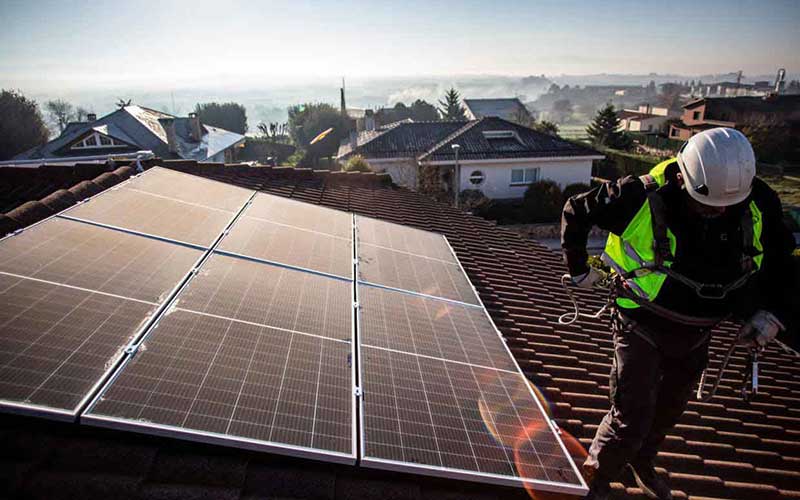
As a country near the equator, Malaysia has sunshine to spare.
While most may dislike the heat, savvy homeowners are harnessing the power of the sun by installing solar panels to turn sunlight into electricity.
The country’s Sustainable Energy Development Authority (Seda) CEO Dr Sanjayan Velautham estimated that some 4.1 million buildings in Malaysia could still accommodate solar panels.
And they could collectively generate about 24-gigawatt peak (GWp) of electricity, he said last month at the launch of BuySolar, an eCommerce service provider for solar panel installations.
Watt peak refers to the maximum amount of energy harnessed by a solar panel in an hour during optimum sunlight conditions.
The heat is on
Seda’s goals include supporting the government’s aspiration in achieving 20% renewable energy in the “national power mix” by 2025.
The agency manages programmes that allow customers with renewable energy sources like solar panels to sell excess energy to national electric utility company Tenaga Nasional Bhd (TNB).
Previously, Seda offered the Feed-in Tariff (FiT) programme, which has since been replaced by Net Energy Metering (NEM).
Under the NEM programme, energy produced by the solar panels is first utilised for the house and the excess is “sold” as credit on a one-on-one offset basis.
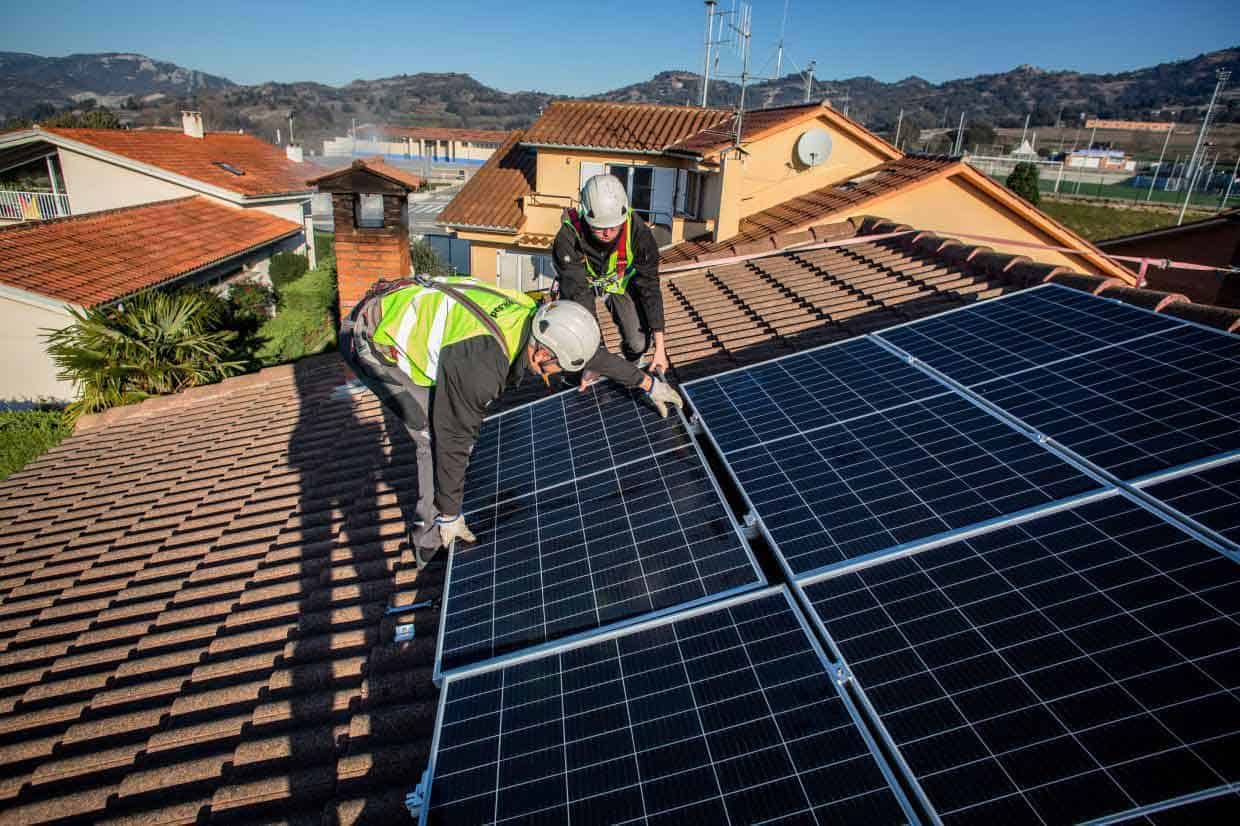
Basically, if a customer is purchasing energy at 21sen per kilowatt (KW), the energy generated is sold back at the same rate.
However, unlike FiT where energy is sold for actual money, the energy sold through NEM earns homeowners credit that can be used to offset their electricity bill.
When more energy is generated than consumed, the extra credit will be kept for up to 24 months.
The extra credit will be used whenever the user incurs a charge due to consuming electricity beyond what’s generated by the solar panels.
In the case of FiT, customers sign a Renewable Power Purchase Agreement (RPPA) with TNB when installing their panels to sell energy at a fixed price.
They will receive a bill just like any other user, which must be paid in full, as the energy generated by the panels will be paid to the customer separately.
According to the former Energy, Science, Technology, Environment and Climate Change Ministry, the uptake of NEM has grown steadily, which resulted in 102 megawatts (MW) generated last year, compared to only 27.8MW produced between 2016 and 2018.
The target for NEM this year is for consumers and businesses, including malls, warehouses and industrial players that run solar farms, to generate 300MW.
Powering up businesses
One company that serves both consumers and the commercial sector is Plus Solar Systems Sdn Bhd.
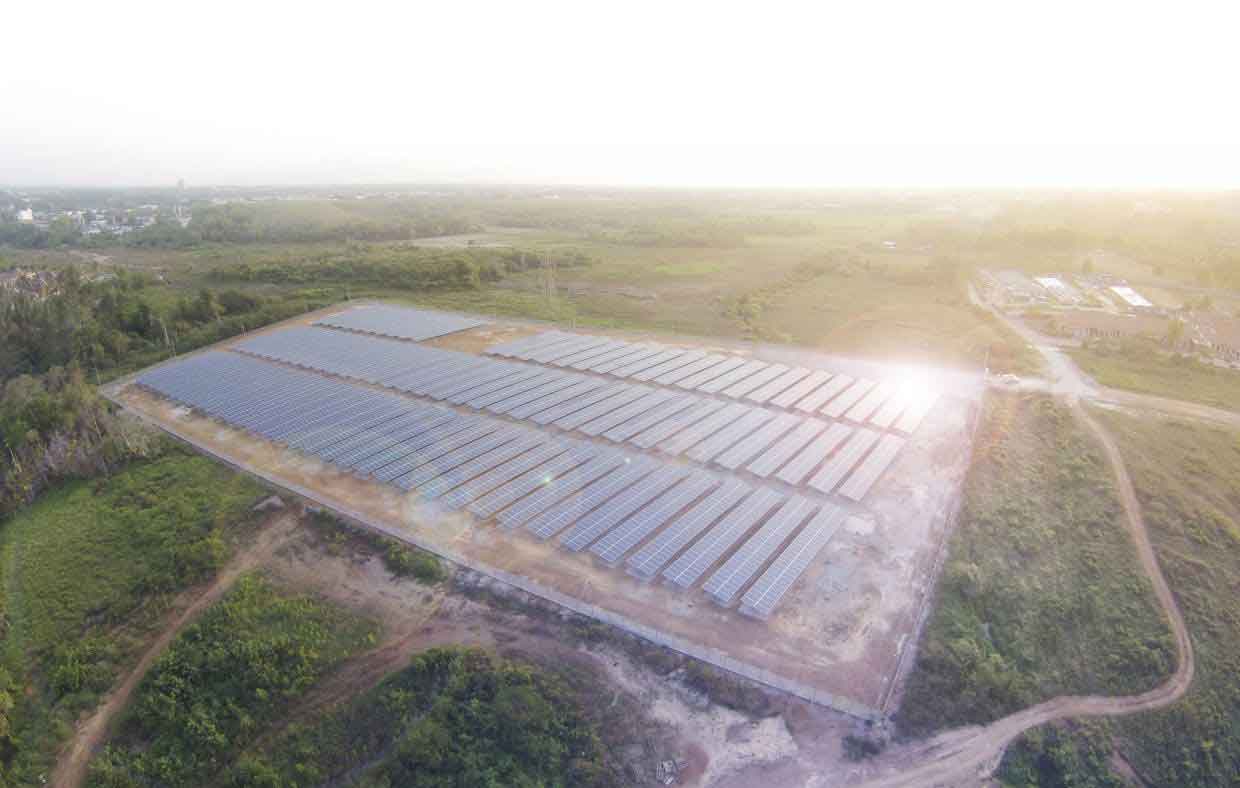
Its CEO Ko Chuan Zhen said the company had installed over 700 systems at residential properties, back when the FiT programme was still on.
The older programme proved to be attractive to homeowners, as it allowed them to recover their investment in solar panels within a few years and generate a profit after that.
NEM, on the other hand, only allows the public to save on energy costs, but it doesn’t allow them to profit from the programme, resulting in a longer period to recover cost.
The change in programme also reflects the government’s move to encourage larger companies which consumed more energy to adopt solar power.
Plus Solar pivoted towards the commercial sector in 2016, coinciding with the introduction of NEM.

Ko pointed out that two tax benefits in particular made it an attractive option to companies – Green Investment Tax Incentives and Capital Allowance – each giving a tax deduction of up to 24% of the installation costs.
This resulted in solar panel systems costing nearly 50% less for businesses to purchase and install, he added.
This approach was more effective at making the industry grow organically among big businesses, as it offered larger savings upfront, while FiT was great for kick-starting the solar movement among consumers.
“Tax aside, electricity is always the top three costs for companies, along with manpower and raw materials,” he said, adding that after a system pays for itself through cost savings, a company could enjoy many years of free electricity.
Climate change
Ray Go Solar EPC Sdn Bhd CEO Datuk Ray Tan Boon Teck said his company focuses solely on commercial installations, as systems for small houses are relatively more expensive due to lack of volume.
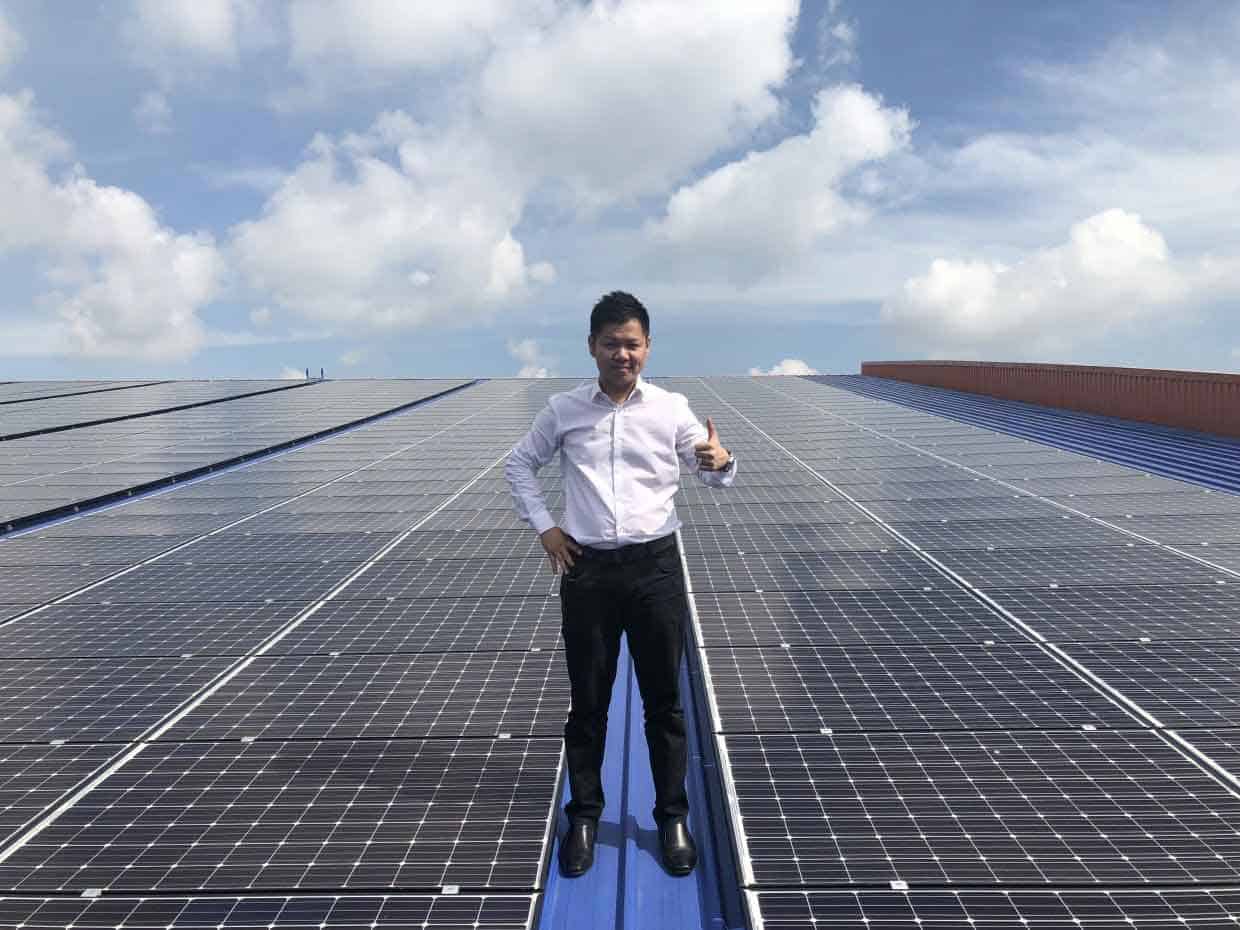
As there are no incentives to sell off the extra power, homeowners no longer installed a large solar panel system, as they only needed enough power to offset their usage.
“It’s not as good for individuals without the ability to sell back energy, and it would probably take eight years, versus six years or fewer with FiT to recover cost,” he said.
This changed the philosophy of adopting solar panel systems from “making money” to “saving money”.
And there is still a lot of interest in solar panels, as homeowners are buying them in a bid to become eco-friendly, said Tan, adding it’s more of a personal choice to go green.
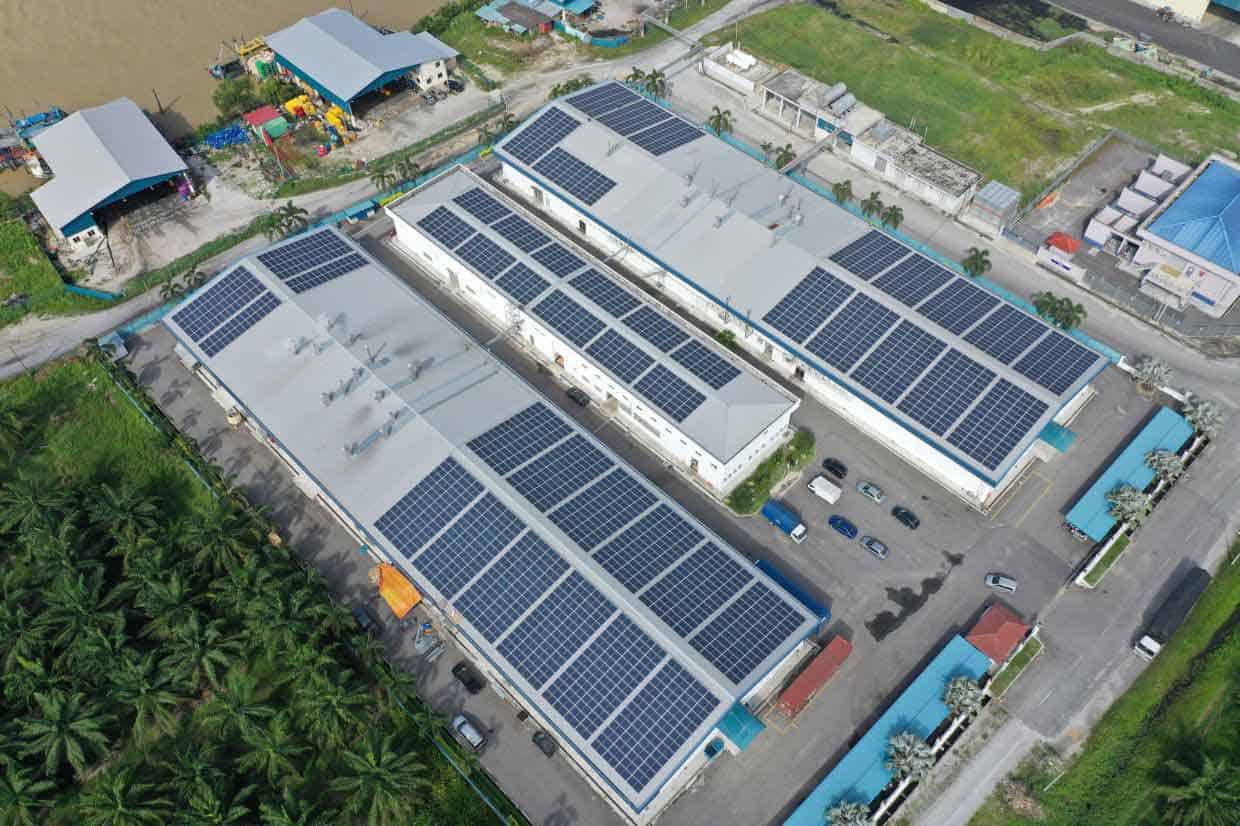
“I believe in a bright future, as everyone is going greener in the face of climate issues. If we don’t do something now, the world will be gone.
“One of the easier ways to help save the planet is through renewable energy,” he said, adding that he had installed solar panels for his own house, albeit while FiT was still in place.
Financing solar
SOLS Energy Sdn Bhd CEO T. Raj Ridvan Singh agreed, saying solar panels would help Malaysians play an active role in fighting climate change by allowing them to opt out of electricity generated by fossil fuel.
However, the prohibitive cost of installing them is still an issue for the average consumer, as not many would want to spend RM20,000 to RM40,000 upfront, even if it meant cost savings later, which could be substantial if the price of electricity goes up.
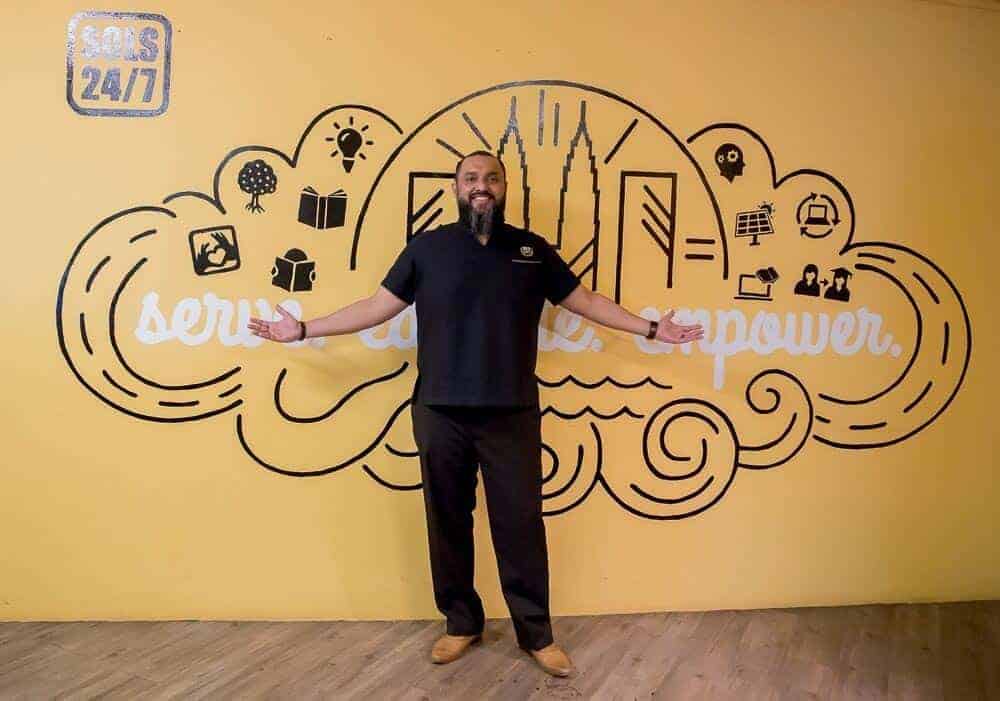
“This is where financial institutions play a role: Malaysia is very credit driven, we take loans for everything.
“If you look at Germany and California, the market for solar only ‘exploded’ after they made financial instruments available,” he said.
Local banks too have committed to encouraging investment into green initiatives though primarily focused on businesses, he added.
For consumers, the banks mostly relied on existing financial services like credit cards and personal loans, he said.
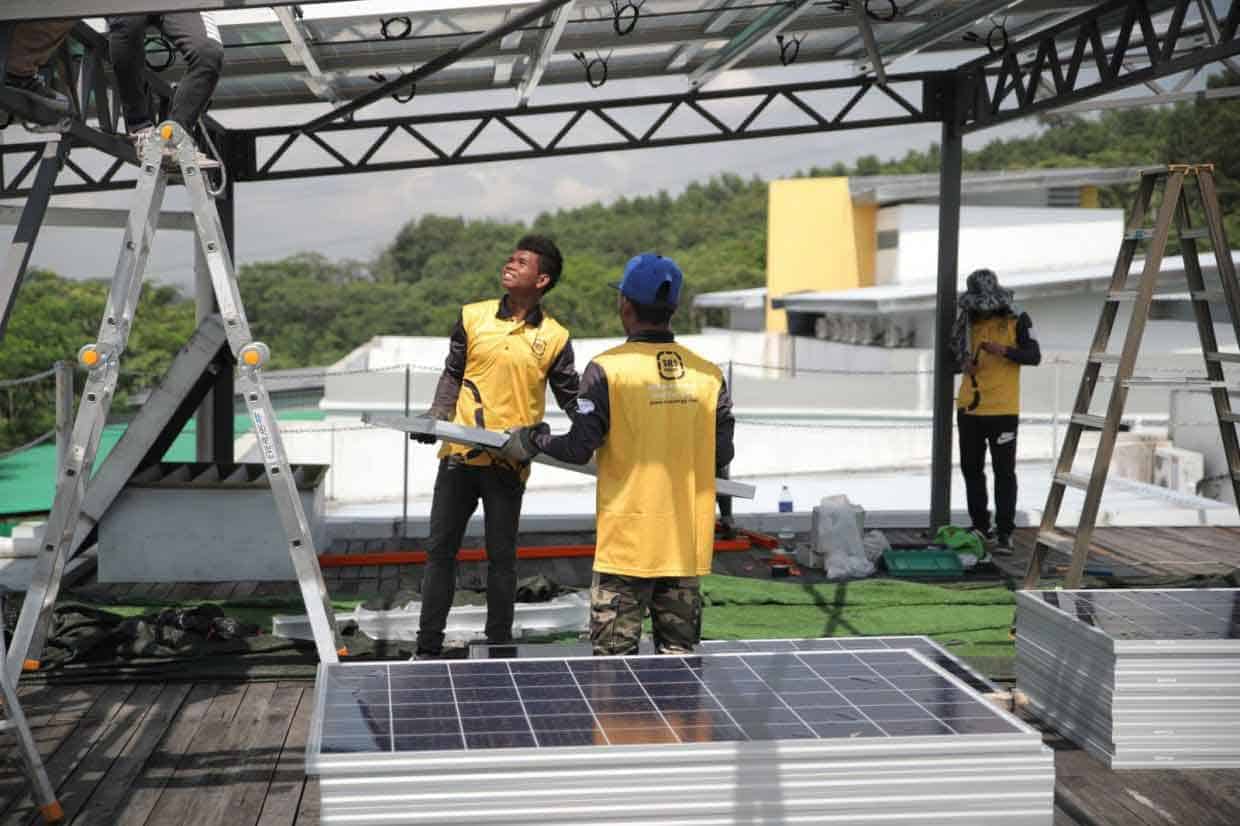
This could add a lot of cost to them due to higher interest rates or shorter repayment periods, so there is a need for specific credit programmes to aid and encourage consumers to buy into solar, he added.
“And yet loans for cars are very affordable, though cars are depreciating assets that don’t bring any long term value to consumers.
“Why not offer something for solar panels that benefits users and the environment?” he said.
He suggested introducing a loan with a lower monthly repayment, possibly closer to the amount customers would save via solar power.
For instance, if a customer is saving RM300 a month on electricity bill, he or she wouldn’t feel the pinch if the monthly repayment was also close to that amount.
Another player that wants to make solar panel systems more accessible is BuySolar, an online marketplace for solar solutions.
Speaking at the launch of the service back in February, its CEO Luke Sebastian said sourcing for reliable solar panel installers and finding the right financing option was challenging for Malaysians due to the complexity of the process.
“The BuySolar platform serves to consolidate all the processes, which includes buying, installing, and servicing the panels, making it a one-stop solution,” he claimed.
Its website also has a dashboard where customers can see the energy the system is generating.
Source: The Star
